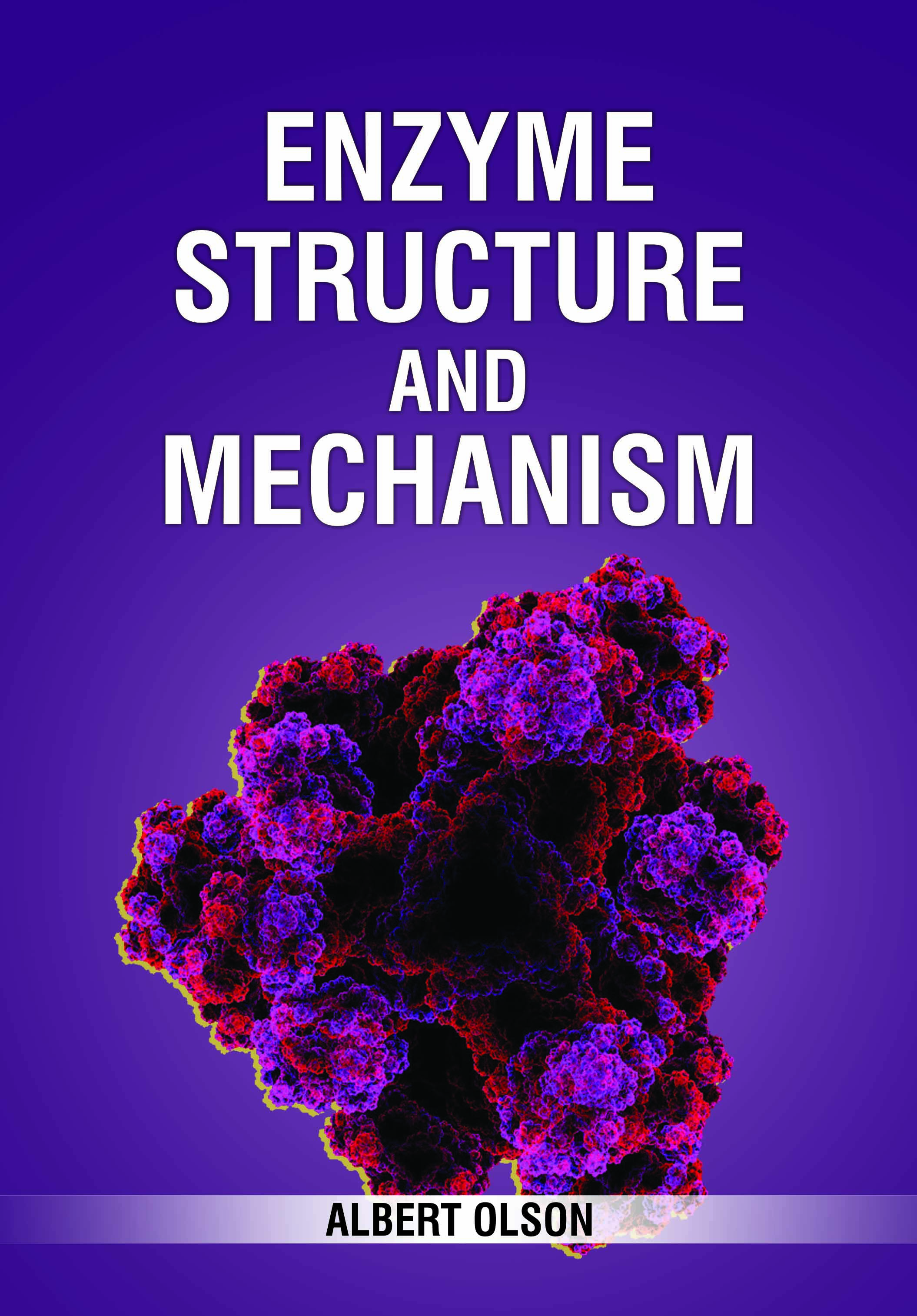
Enzyme Structure and Mechanism
by Albert Olson
| ISBN | 9781799600688 |
|---|---|
| Publisher | White Press Academics |
| Copyright Year | 2020 |
| Price | $225.00 |

by Albert Olson
| ISBN | 9781799600688 |
|---|---|
| Publisher | White Press Academics |
| Copyright Year | 2020 |
| Price | $225.00 |
For a long time, enzymes have been studied by measuring their activity, which has led to the advancement of “enzyme kinetics.” Most chemical catalysts catalyse a wide range of reactions. They are not usually very selective. In contrast enzymes are usually highly selective, catalysing specific reactions only. This specificity is due to the shapes of the enzyme molecules. An enzymes is a protein that facilitates a cellular metabolic process by lowering activation energy (Ea) levels in order to catalyze the chemical reactions between biomolecules. Some enzymes reduce the activation energy to such low levels that they actually reverse cellular reactions. Enzymes are made up of amino acids which are linked together via amide (peptide) bonds in a linear chain. The specific order of amino acids in the protein is encoded by the DNA sequence of the corresponding gene. Enzyme mechanisms are the chemical transformations, and the steps within them, generated by enzymatic action on substrates. The mechanism of enzyme catalysis is similar in principle to other types of chemical catalysis, for instance by involving a combination of several different types of catalysis. Determining enzyme mechanisms includes determining their kinetic and thermodynamic properties. The book covers the structure and mechanism of enzymes, creating a guide to the current understanding of enzymology.